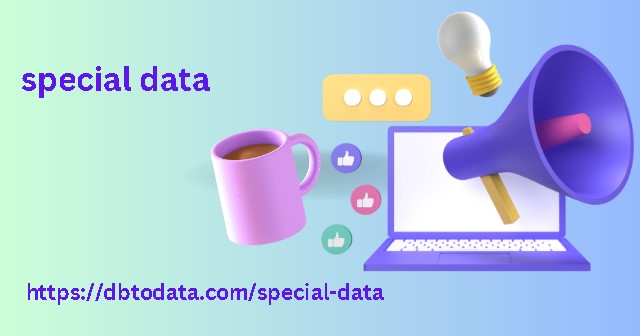The tool has evolv to adapt to the nes of the market, reaching a version, the current one, in the way of measuring. So much has it chang that the analysts who continue using it have had to reconsider the methodology appli in their projects. But everything has a reason.
Context: How did we get to Google Analytics 4?
We like to know the history behind the changes, so we’ll give you a few brushstrokes of the most relevant dates so you can understand how Google Analytics 4 came about. You can skip this information, of course, and go straight to the differences.
Although it is now a long time ago
The truth is that digital analytics began with the analysis of server logs. At that time, URLs, sessions, the origin of traffic began to be count… and so viber database programs such as Urchin appear , which Google took note of and end up acquiring in 2005 to convert it into Google Analytics .
This tool evolv and adapt to the nes of
The market and digital analytics until it reach its most consolidat version, Universal Analytics (which we have also known as UA, GAU or GA3). But despite being a great tool (and also with a free version, let’s not forget), the truth is that the measurement 6 tips to increase your online store visibility in 2021 (+ bonus tip) landscape began to evolve in such a way that Universal Analytics fell, in a certain way, short.
Following the emergence and consolidation of
The use of mobile applications, other tools began to be develop in parallel, such as Firebase , a framework for measuring them that was launch in 2010. And since Google has a good eye, let’s not deny it, it acquir this platform in 2014 with the aim of considering all possible analytics scenarios, as well as being able to improve the measurement of users’ digital behavior.
Later in 2019, App + Web properties
Were launch as a beta version of what would later become usa data Google Analytics 4 , which is nothing more than a reinvention of Firebase . What happens is that this version has introduc a new data model, in addition to the ability to measure both mobile applications and websites independently as well as together, among other improvements.

